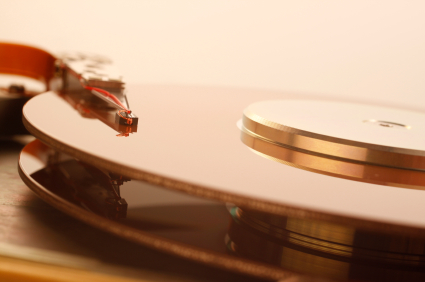 A LEVEL COMPUTING
A LEVEL COMPUTING Memory Management
Memory Management
 Theory
Theory
(This is the older material - click here - for current specification content)
2. Types of memory
There are two main types of physical memory, namely 'primary' memory and 'secondary memory'.
Primary memory (main memory)
Primary or main memory is used to execute program code and store temporary data.

Primary memory is physically made up of Random Access Memory (RAM) which is otherwise known as volatile memory.
Software which is being processed by the CPU, otherwise known as 'executing software', is temporarily stored in main memory.
A typical personal computer will have between 1 - 4 Gigabytes of RAM outside the main CPU. The CPU itself will also contain volatile memory in the form of registers and cache.
Challenge see if you can find out one extra fact on this topic that we haven't already told you
Click on this link: Primary Memory
Secondary memory (secondary storage)
Secondary memory, or secondary storage, is non-volatile storage. For example the hard disk, flash memory or magnetic tape.

Secondary memory is used to hold data and programs which are not currently being used, but need to be accessed at some point.
A typical personal computer will have a few hundred gigabytes of secondary memory in the form of a hard disk.
Challenge see if you can find out one extra fact on this topic that we haven't already told you
Click on this link: Secondary Memory
Copyright © www.teach-ict.com

